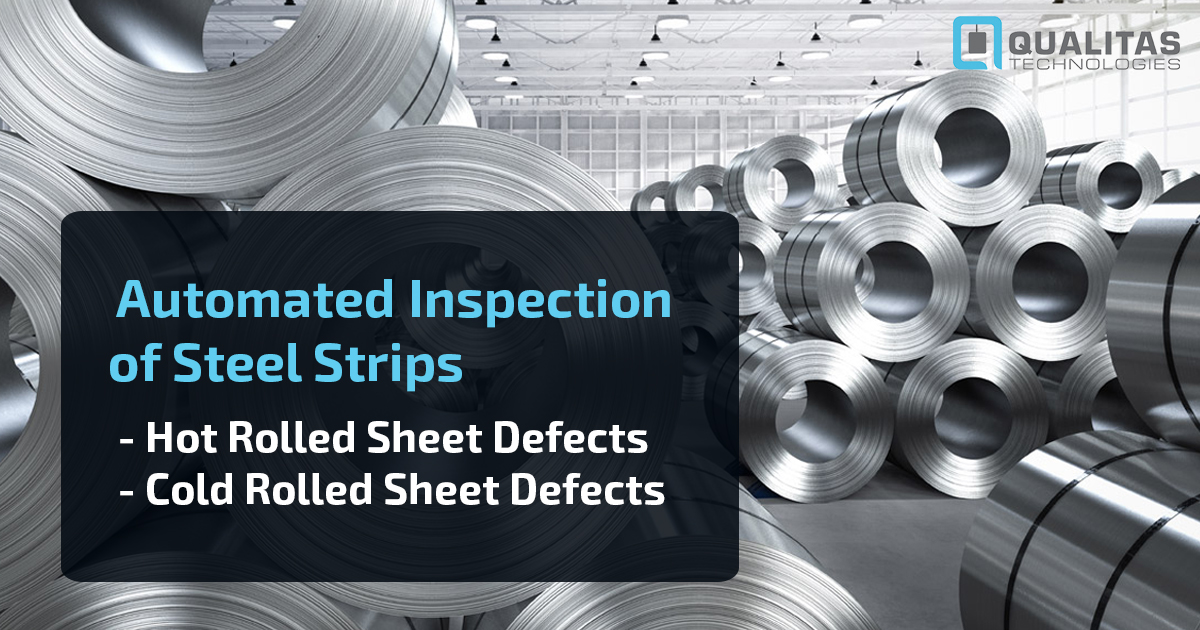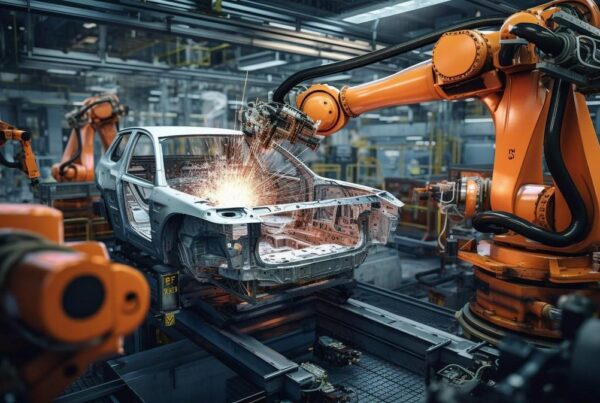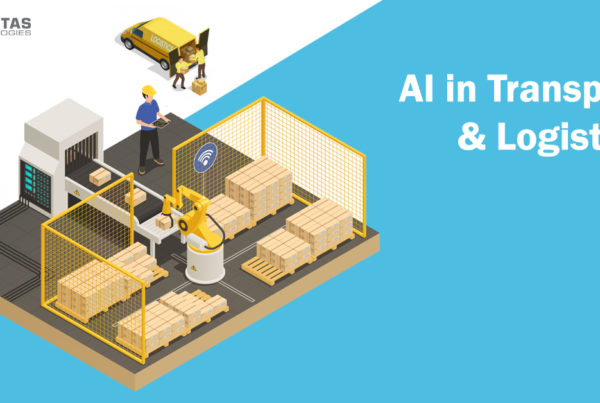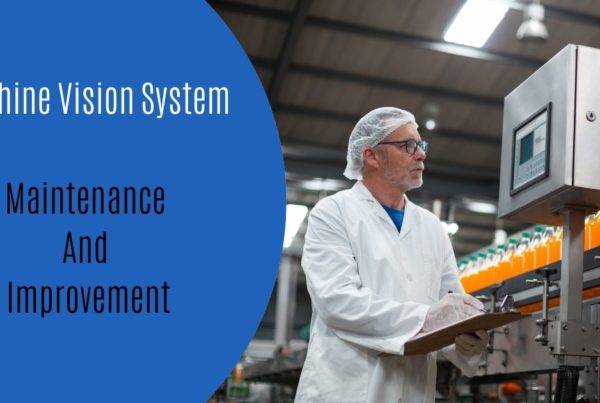
Manufacturing Defects in Steel Strips
As is inevitable in any manufacturing process, some defects seep into the formation of steel strips and sheets. Majorly, these defects are caused while rolling. To be converted into a usable form, steel sheets go through either hot or cold rolling:
1. Hot Rolled Sheet Defects
Hot rolling is a forming process in which the metal stock is heated above its recrystallization temperature. Some of the common defects during the process are
- Primary Scales (Poor Descaling)
Iron oxides formed at different stages of hot rolling can get rolled into the sheets. This leads to black or grey M-shaped defects. Worn-out roll coils are one of the leading causes.
- Red Scales
These elongated patchy defects occur due to the presence of Silicon, copper, or chromium. They lead to transverse cracks in the steel strips.
- Blister
Blisters are round scattered blow holes often observed in clusters. The non-uniformity of strips causes water or gases to be trapped within the sheet surface.
- Indentation marks
These appear to be dent marks, usually observed at the end of the strips. The variation in temperature of the strip and the tongue causes indentation marks. Also, high tension in the sheet while coiling is a cause of this defect.
2. Cold Rolled Sheet Defects
In cold rolling, the sheet metal between the rollers is compressed below its recrystallization temperature. Compared to hot rolling, it results in better accuracy and surface finish. However, a few defects might still occur.
- Flat strips
This results in longitudinal slits on the metal sheets. Flat strips are generally caused due to more reduction at the center of the sheet as opposed to the edges.
- Quarter and Center buckling
This defect takes place when the fibers between the center and edge of sheets are abnormally elongated. Excessive force while roll bending can also lead to buckling. Also in case, the center is more extended than the edges, centre buckling might occur.
- Cold Rolled Strip Abrasions
Abrasions like grooves, tears, and scratches can occur while or after cold rolling. The most common cause is accidental surface damage. Even hard dirt on strips can create an impression of abrasions.
- Edge Cracking
Insufficient ductility or improper deformation causes edge cracking in steel sheets. Additionally, uneven physical and chemical properties in metal might lead to this. The sheet then cracks at the edges.
Automated Visual Steel Inspection using Deep Learning
Deep learning has proved to be drastically beneficial in steel inspection. First and foremost, the system captures a high-quality image. It is then transferred to the computer for processing. The entire process constitutes two basic steps. After the image acquisition, the defect type is to be determined. Once this is done, the system has to pinpoint the defect’s location. Deep Learning uses a variant of neural networks to classify the defects. This successfully eliminates the traditional classification algorithms giving way to more accurate AI systems. The system is also easy to operate, and new defect variants can quickly be added to the server. Researches are also ongoing for a structural visual inspection system to detect even the slightest of surface scratches.
Advantages of Machine Vision in Steel Inspection
Machine Vision System refers to all applications and devices that use image acquisition and processing to function efficiently. Its application in steel inspection has profited the industry in several ways. Firstly, the accuracy has become considerably higher. Earlier, manual inspection was prone to a range of errors. Also, the speed of inspection is now much faster, increasing the overall efficiency. Moreover, automation has removed the risk of hazards for workers. The inspection area is a risky zone, with each strip at a temperature of about 600-900 Celsius. This high temperature causes a dangerous working environment for manual labor. Deep learning also ensures that strips moving at a fast pace are effectively detected. A wide range of defects can also now be identified.
Also, Read SURFACE INSPECTION OF BI-METALLIC STRIPS
The Qualitas Solution
Deep learning and Artificial intelligence have been at the core of our motive to facilitate a multitude of industries. We at Qualitas have yet again produced a breakthrough product using machine vision. The automated steel inspection system is a huge advancement from its traditional counterpart. The setup constitutes an 8k line scan camera. This helps in acquiring a high-resolution image of 2MM pixel accuracy and 20 microns pixel size. The burning hot steel strip causes radiation, but the line light flare of the system makes it appear as if at room temperature. An IPC collects 7.5 GB of data per minute and sends it to the main server through a 10 GBPS network card. The system has been tested on more than 120K strips. It can work effectively on strips running as fast as 16 meters per minute. Defects of size as small as 2 mm are also thoroughly detected. The system also proved to be highly precise, with an accuracy of about 97 percent.
Conclusion
From households to industries, steel is unarguably one of the most important and commonly found materials. This makes it an utmost priority to inspect it for defects efficiently. Earlier, the manual steel inspection used to be a tedious task accompanied by glaring flaws and unsafe work environments. The use of advanced technologies ensures high-quality products with drastically lower time, effort, and monetary inputs. But the introduction of deep learning removes these concerns and leads to a much better-automated system. With high accuracy and a more precise database, the vision system proves to be highly effective in all areas of manufacturing.





